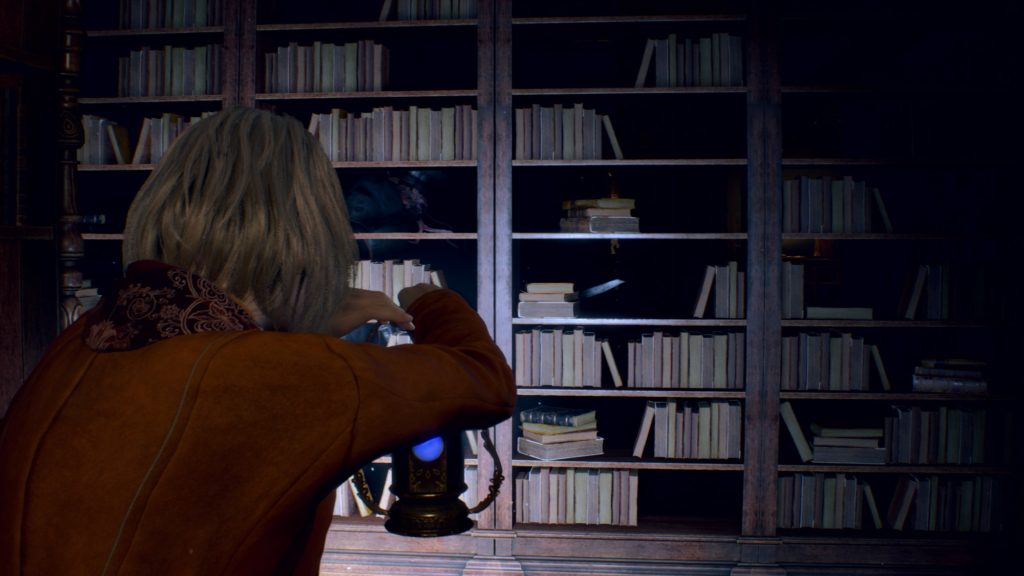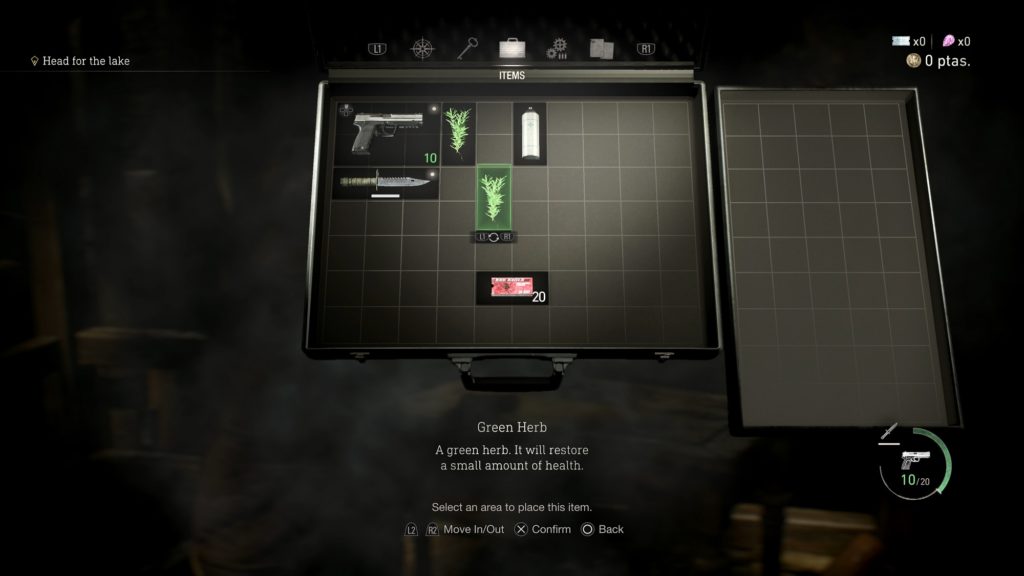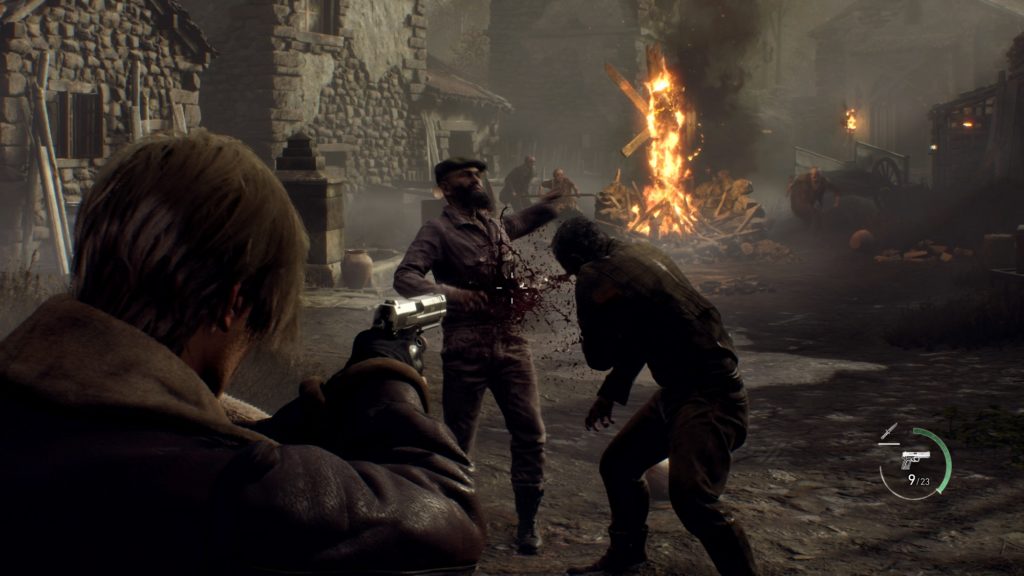Capcom’s latest remake – of the legendary but slightly divisive Resident Evil 4 – is an absolute masterclass: the spirit of the original shines through, yet it plays like a modern Resi game.
Some might take it as an indictment of the current general lack of inclination to take risks and generate originality, but right now, we have indisputably entered the games industry’s golden era of remakes. An age, it must be said, which was more or less triggered by Capcom, and its enthusiasm for revisiting the early canon of its Resident Evil franchise.
This time around, it’s Resident Evil 4 which has received the remake treatment. Which could, on paper, have been a tricky exercise: the fanbase has long been divided on the subject of the 2005 game, with some (myself included) unfashionably declaring it their favourite iteration of the legendary survival-horror franchise, while others denounced it as the more action-oriented gateway to the execrable Resident Evils 5 and 6.
The original Resident Evil 4 was certainly an outlier: Capcom wanted to change up the franchise, so it adopted a new over-the-shoulder viewpoint, gave the weapons laser-sights for aiming and made the gameplay a bit more action-oriented: protagonist Leon S Kennedy, for example, could hit stunned enemies with a ridiculously powerful kick, which came in handy when mobbed (a frequent occurrence in the game).
Strangely (but, as we’ll see, sensibly), for anyone who has played one of the most recent Resident Evil iterations, resident Evil 4 Remake will feel like less of an outlier than the original game did. There are, of course, various shades of remakes, starting with reverent reconstructions that merely bring graphics up to modern standards. The Resident Evil 4 Remake is an example of the form that we believe all remakes should take: a reimagining of the original game as what it would be if it were made now.
So, since it uses the excellent engine that powered Resident Evil VII and Village, it feels much more like those two games to play. Thus it adopts a different visual perspective to the original game, with a tighter-in camera. That instantly gives it a more intimate feel and accentuates the game’s many scary and creepy moments.

The same, but pleasingly different
Although, when playing the Remake, you will get the occasional flashback to the original game, Capcom has ripped out the original’s level design and started from scratch on that front – while remaining completely inspired by the original. Therefore, the original’s iconic general locations – the village with its church, the boatyard, the posh house, the two-storey siege-house and so on – are still there. Only much better designed. The decaying Spanish village is way more foetid and decrepit than before, and Salazar’s castle vastly more impressive. The boatyard is completely different, and contains some new areas in its vicinity that throw up some lovely surprises.
Story-wise, Resident Evil 4 Remake adopts much the same approach. The overarching story is broadly the same, but countless details have been altered, added or removed; the end result being that it has a semblance of coherence which wasn’t enormously evident in the original. As before, Leon must rescue Ashley, the President’s daughter, then keep her alive while the pair sort out a means of extraction. At first, Ashley is something of an annoyance: you’re constantly having to rescue her as villagers carry her away, although you can sometimes make her hide in cupboards, and you can tell her to follow close behind or to lag back.

But eventually, she becomes useful: Leon can boost her up to previously inaccessible areas for puzzle-solving reasons, and the sequence in which you play as her provides a clever and welcome change of pace. Like the original, the remake is essentially a single-path game but it doesn’t feel like one, thanks to the presence of loads of nooks and crannies (gratifyingly, more than in the first game) that you can explore.
And once again, you usually have to solve some sort of puzzle to get to whatever inaccessible area you need to reach. But this time around, the puzzles are different – again, an example of the exact sort of technique any developer should apply to a remake.
Knife to the fore
Those familiar typewriters are there, the merchant is back (although with an expanded role) and the weaponry, crafting system and attache case are gloriously familiar. So what is different? One game mechanic sticks out as being new: Leon now has a knife which plays a prominent role. He can use it to parry incoming attacks, and it has a wear mechanism – luckily, you can get the merchant to repair it, and anyway, you collect a vast amount of inferior knives as you progress.

Leon’s kick is back, but also different – and now the knife plays a role in the kicking mechanic. When you stun an enemy, you’re now given the chance to melee them, which could involve a punch or a martial arts move instead of a kick, depending on the context of where you are in relation to that enemy. And in such instances, you can also opt (using a different button), to stab with the knife rather than melee – a choice which may depend on what state your knife is in.
The whole process of taking out a stunned enemy, therefore feels markedly different than in the original game – and a whole lot more sophisticated, although just as satisfying.
Enemies and boss-battles
The enemies you encounter are familiar and often deliciously gross to behold: one of the strengths of the original game, they generally behave in more or less the same manner, but Capcom has subtly rebalanced the gameplay in such a way that you will often find yourself employing different techniques in order to take them out. For example, in the remake, nailing headshots feels less crucial than it did in the original game, and when you do start encountering villagers whose heads mutate into flailing tentacles and terrifying toothed maws, you discover that you can take those particular enemies down swiftly and efficiently with flash grenades – Resident Evil 4 Remake must be the first game in which flash grenades actually play a useful role.

The bosses, meanwhile, are simply fabulous. While many of them look broadly like they did in the original game – albeit rendered in a vast amount of extra detail – they don’t necessarily behave exactly like they did, and each boss-battle has a number of small but significant elements which deviate from the original game. The effect of such attention to detail is to create a subtly different vibe in terms of your strategic approach to each of the boss-battles, while in visual terms they still hark back to those of the original game.
How to do a remake
Resident Evil fans will have an absolute field day with Resident Evil 4 Remake. It contains plenty of new elements that add to the game’s already considerable lore, and plays differently, while maintaining an overall air of familiarity. Sure, Capcom has had plenty of practice recently, but it really does provide an object lesson in how to take a legendary game and remake it for the modern world.
It’s recognisably Resident Evil 4, yet superior to the original in every discernible respect. If you played the original and loved it, then you’ll love the remake even more, because it’s better. Or if you played the original and weren’t keen on it – suggesting you’re a major Resident Evil purist – you’ll still love the remake, because it demonstrably cleaves to the modern Resi template as established by VII and Village. And if you’re just a fan of survival-horror games, you’ll also love it, since it’s simply one of the best such games ever made. Capcom has treated us to a master-class in the art of creating remakes. On this sort of form, you have to imagine that it could even turn Resident Evils 5 and 6 into modern games that were actually worth playing.
